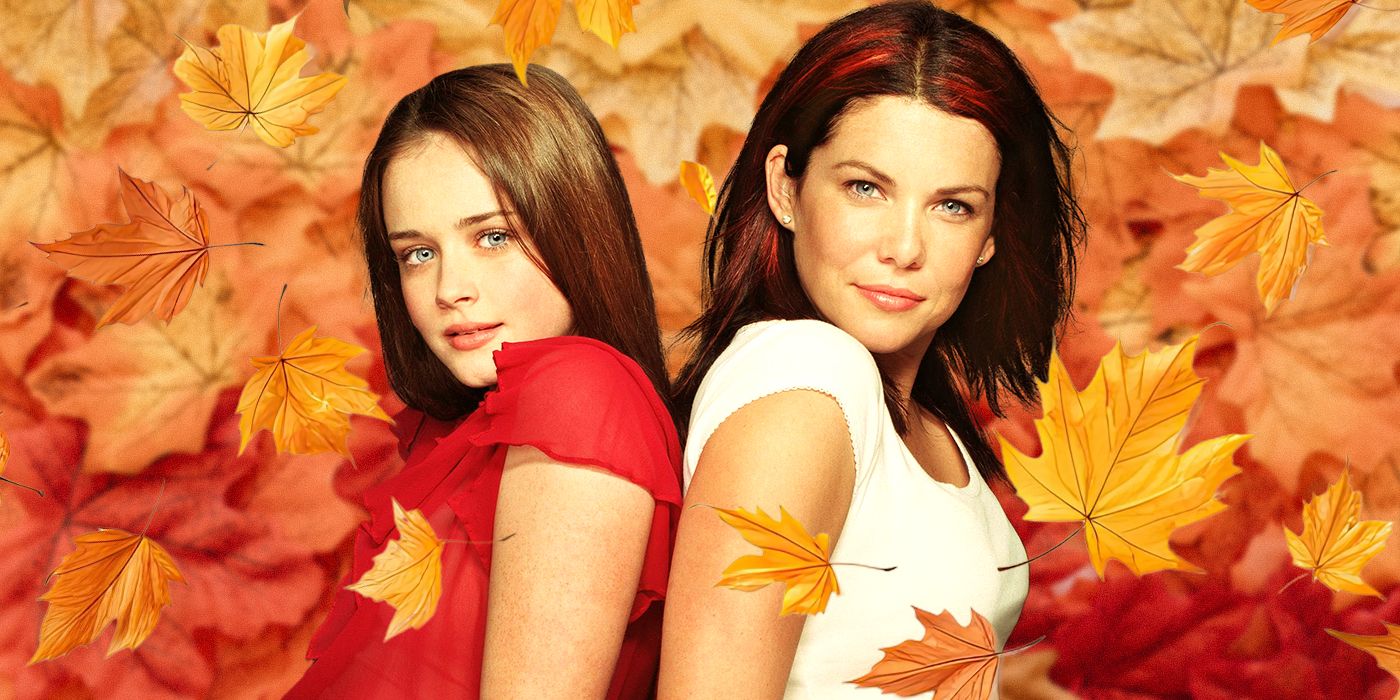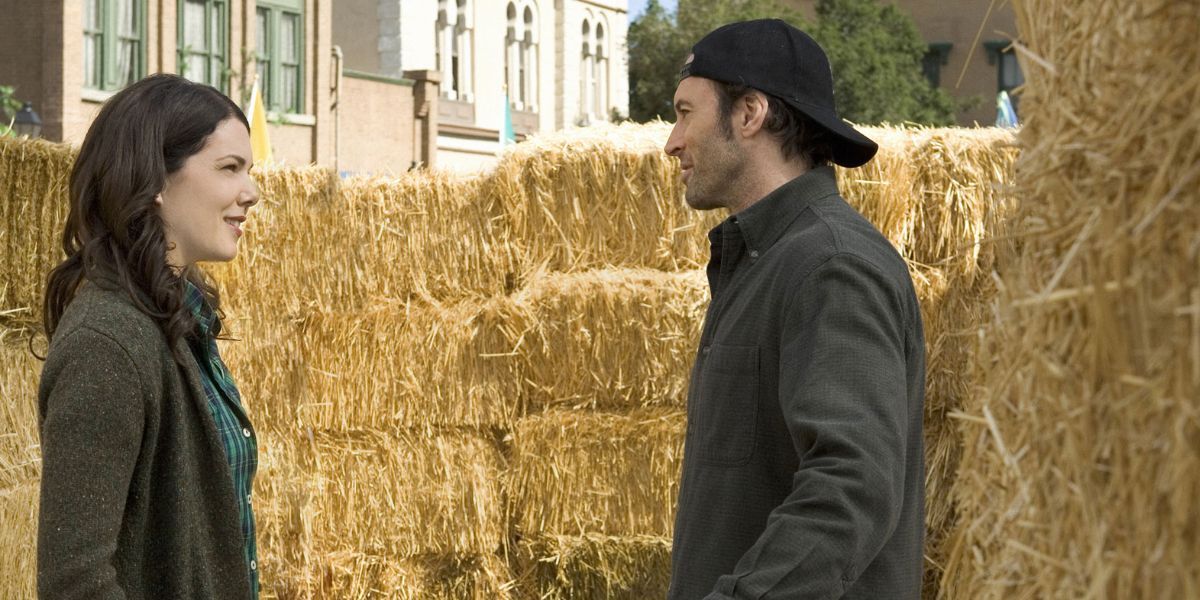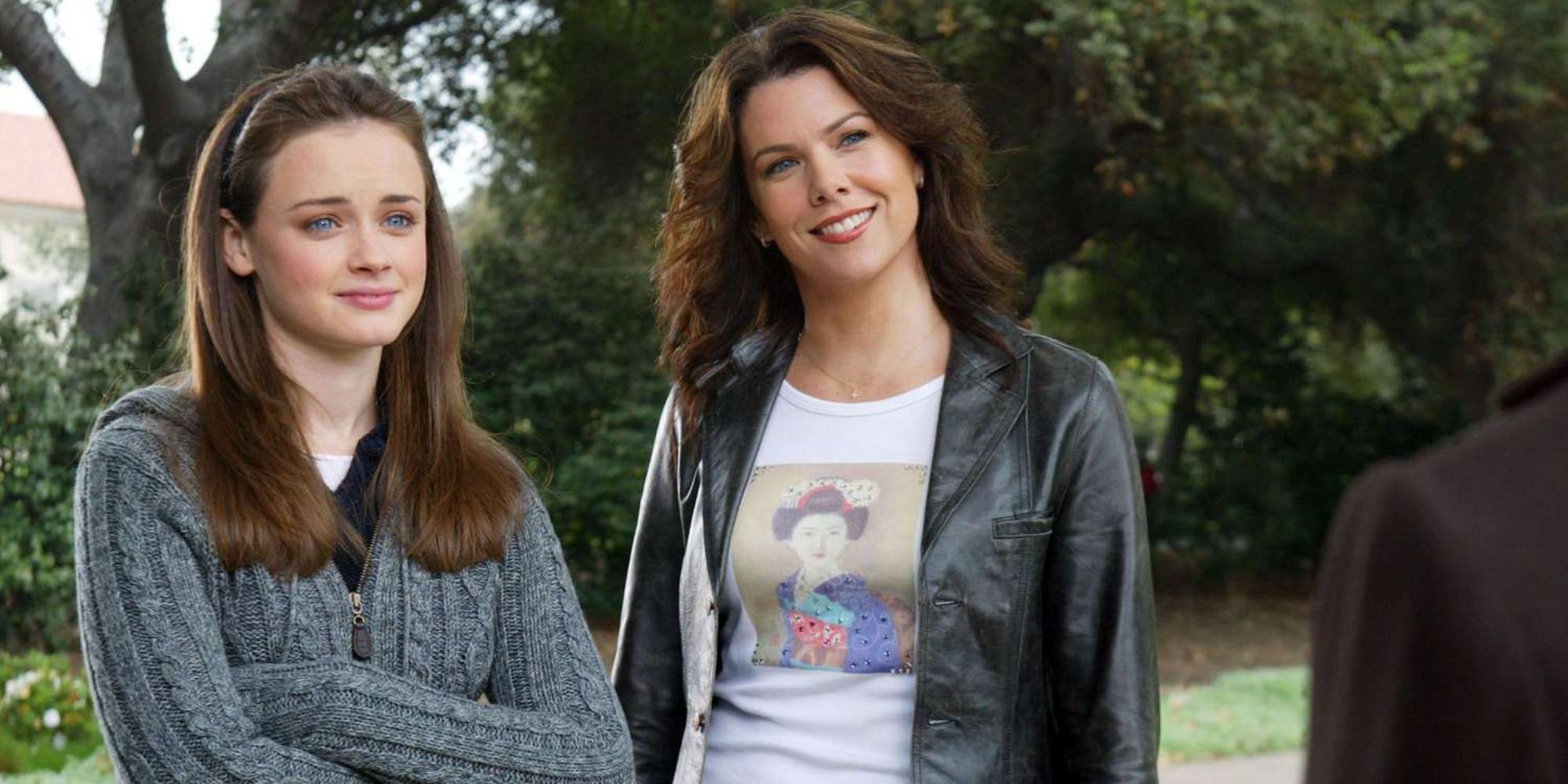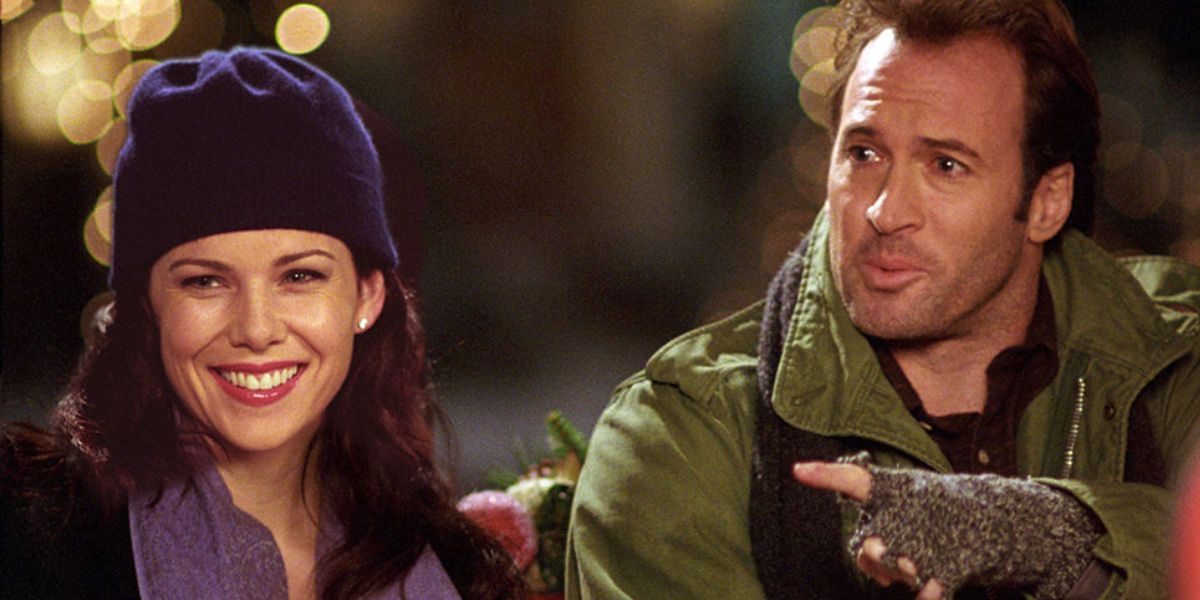The Big Picture
- Gilmore Girls skips over summer, reminding viewers of the structured schedule of school and conjuring feelings of comfort.
- The series resonates with fans because it reminds them of a simpler, more innocent time in their lives.
- Fall is a season of transition, and Gilmore Girls explores the joy and pain that come with growing up and finding one's place in the world.
Consensus shared amongst many fans of media from the early to mid-aughts, and certainly ones who color themselves as fanatics of a certain fast-paced, quick-witted, pop culture-laced dialogue found in the cozy small town of Stars Hollow, Connecticut dictates that Gilmore Girls just hits different, and for some better, in the fall.
Indeed, fall is “Gilmore Girls season,” as many Instagram pages of ‘00s nostalgia like to exclaim. But for those of us who need a bit of that type of warm-hug comfort in the form of a favorite television series year-round (read: me), I’ve always wondered what exactly it is that makes Gilmore Girls resonate more with passionate fans and viewers in the fall. The series has been a nighttime comfort to me for many years, and I don’t know if I would have made it through my college and university years without it.
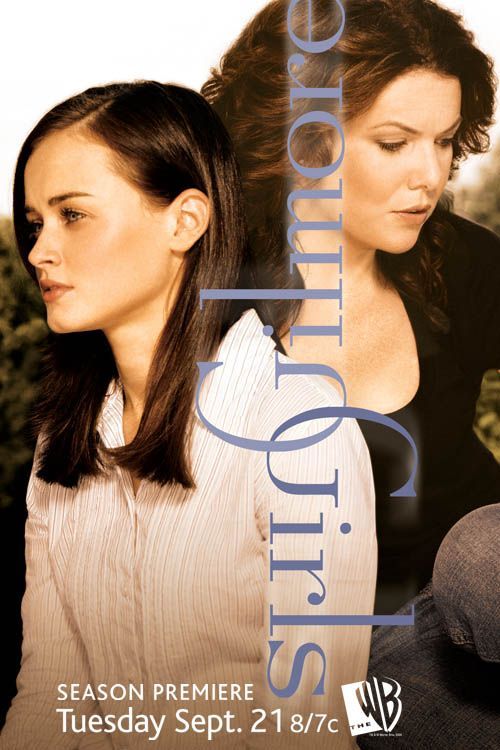
Gilmore Girls
A dramedy centering around the relationship between a thirtysomething single mother and her teen daughter living in Stars Hollow, Connecticut.
Why Is 'Gilmore Girls' Associated With Fall?
Of course, I understand the obvious, rudimentary reasons why fans associate Gilmore Girls with fall. Like Dawson’s Creek before it and One Tree Hill after it, the series falls within a specific brand of early aughts programming on The WB following teenagers in quaint American towns where it always seems to be autumn. Stars Hollow, I would argue, is the quintessential blueprint for this television trope, one that has gone largely out of style in present-day television thanks to the rise of streaming platforms and the decline of network television.
So, deciding to give it some more thought and contemplation, I sought to truly understand what makes the series resonate more at this particular time of year. There has to be more beneath the surface beyond, “Stars Hollow always feels like fall, so the show always feels warm and cozy, yay!” And there were many things about the series that I either discounted or never fully realized.
'Gilmore Girls' Typically Skips Summer
First and foremost, aside from the Netflix miniseries revival, summer is usually distinctly skipped over in the world of Gilmore Girls. Whether it’s the fact that the network television season always ends in May and picks up in September, even the third season premiere of the series notably featured an “end of summer” festival. For those who grew up watching Gilmore Girls while going to school, it reminds them of the structured schedule surrounding reading and homework. This, coupled with the fall scenery and backdrop, conjures comfort.
'Gilmore Girls' Reminds Viewers of a Simpler Time
Then there’s the obvious notion that Gilmore Girls resonates with people because it reminds them of a simpler, more innocent time in their lives. When life and the world get chaotic, settling into the familiar world of a favorite show feels like reconnecting with an old friend that brings us back to our youth. There’s also something to be said about how Gilmore Girls fans, which consists of a great amount of millennial women, perceive of fall in their own lives and how the series plays a part in that.
We typically think of spring as a rebirth and a new beginning, but for people like me who crave the reliable rigidity of the school year—even long after leaving school behind—fall feels like the rebirth. Fall has always been my favorite season, but I’d never thought of the idea of watching or rewatching a specific series during the season as a way of thinking of fall as my own. Not to mention that a lot of Lorelai Gilmore’s (Lauren Graham) character arc revolves around rebirth and growth. Setting the series against the somewhat permanent aesthetic of fall reflects this arc perfectly.
Gilmore Girls also reflects that specific time of year when it’s not yet freezing, but we’ve bid adieu to the stifling heat of summer (if we’re lucky). The series symbolizes this change in the weather as the townspeople of Stars Hollow always seem to be gearing up for the colder months, marked by their signature charming and quirky town events. The themes of community, friendship, and motherhood tend to hit home more in the colder months. But if the series’ aesthetic conjures the first fall breeze after a hot summer, it’s important to know the formative experience that many Gilmore fans developed watching the series on primetime network television growing up—a type of rigid, appointment television that was on the verge of extinction but seems to be slowly making a comeback as more streamers adopt the single episode a week release model. I’d be lying if I said I didn’t attempt to watch Buffy the Vampire Slayer for the first time last year in an attempt to recreate this kind of unbending schedule of television that was once the only form of television.
'Gilmore Girls' Originally Aired in the Fall
Indeed, the idea of the season of the series matching with the season in which the episodes were airing is also a trope of network television that has since generated nostalgia in the era of watching anything and everything at our fingertips. Watching Gilmore Girls during fall while it’s also fall in Stars Hollow simulates the experience of living vicariously through our favorite characters. Whether it’s Rory starting a new school or Lorelai walking through the streets of Stars Hollow as “There She Goes” by The La’s plays (the latter for me), it’s a direct representation of the particular niche that the series caters to. Of course, the seasons don’t have to match to live vicariously through a fictional character, but it’s much more satisfying when we can.
Above all, fall is a season of transition: whether it be starting a new year of school or whatever the life event may be, Gilmore Girls is about the joy and pain that accompany transition. Both Lorelai and Rory (Alexis Bledel) are growing up in their own ways when we first meet them, and we get to join them on their journeys to find their places in the world. I first watched the series during my first year out of high school, and there was comfortable and predictable ease in falling into the innocence of youth while also growing up at roughly the same pace as Rory. It doesn’t matter where we’re at in life, but fall is a season of change. And where there can be so much newness and unknowns in our circumstances, turning to the TV comfort food that is Gilmore Girls is the ultimate warm blanket.
Gilmore Girls is available to stream on Netflix in the U.S.

